Construction machinery transportation
The transportation schedule for construction machinery involves meticulous planning and coordination to ensure the smooth movement of heavy equipment and vehicles required for construction projects
Bentlee Construction machinery transportation
One-stop service for OOG cargo bundling, Chinese inland trailers, hoisting, and special container transportation, an expert in logistics solutions for overall factory relocation
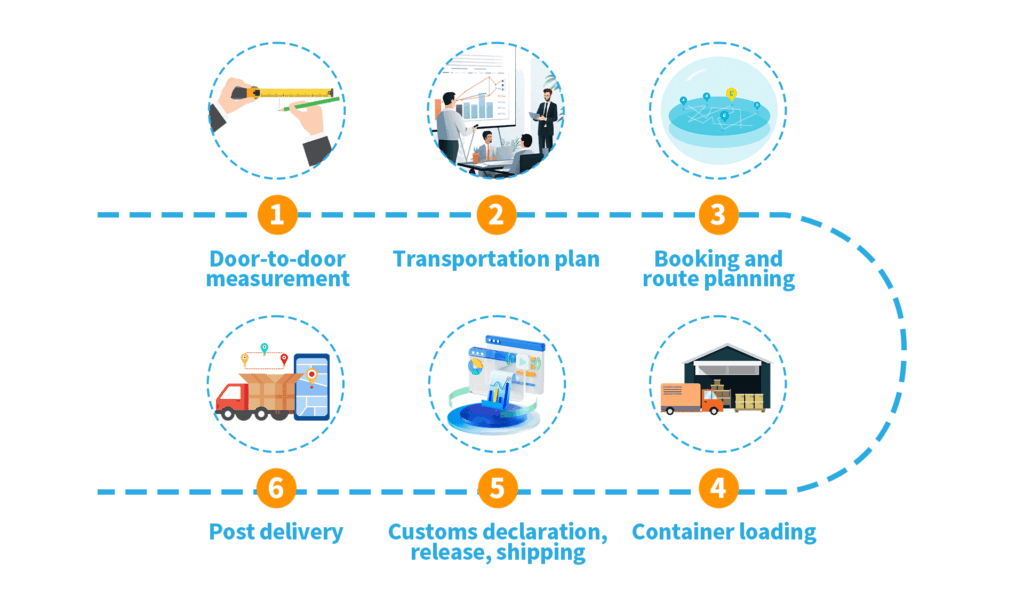
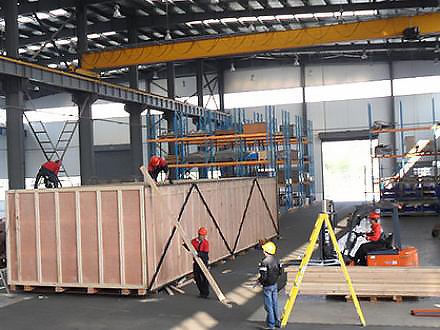
Measurement
Door to door measurement of goods size
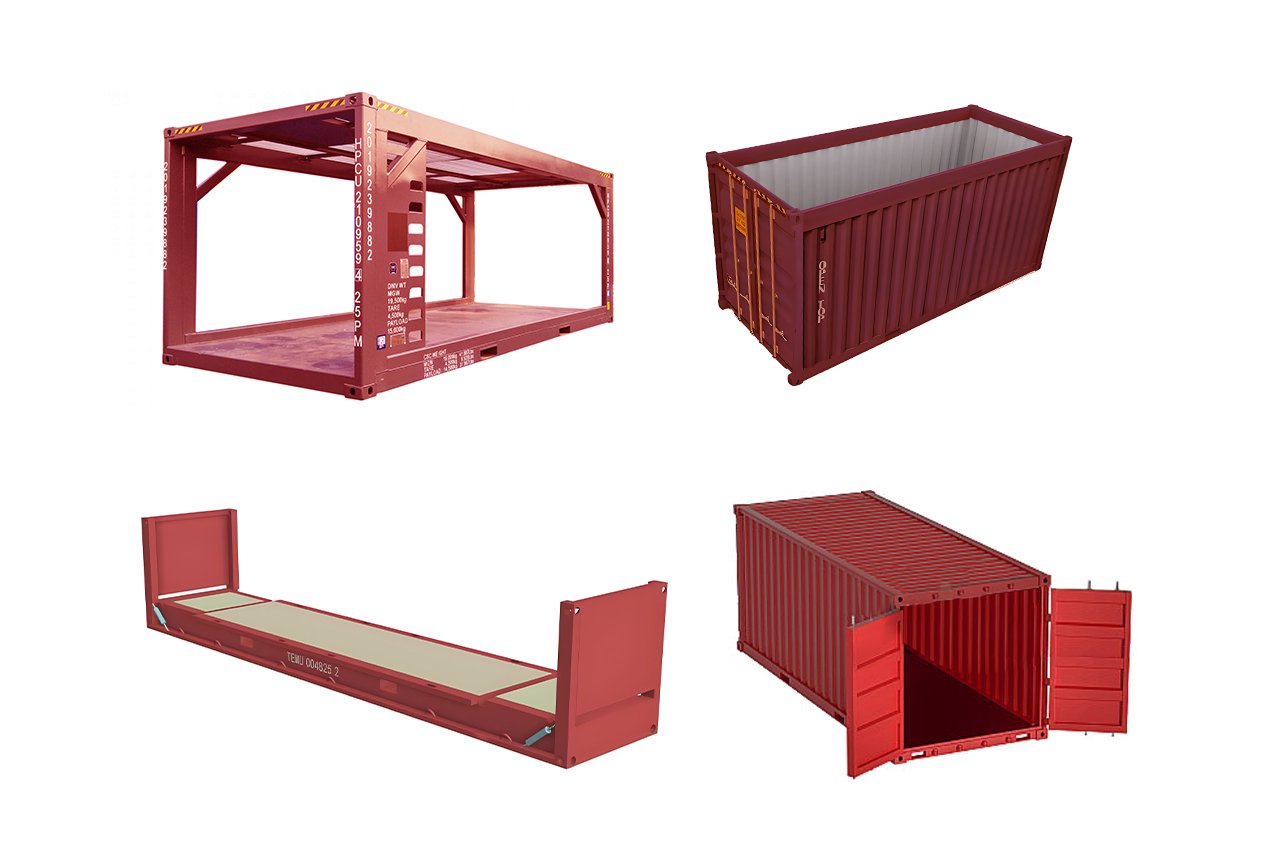
Transportation Solutions
Transportation plan,Such as cabinet type, loading, and 3D loading model
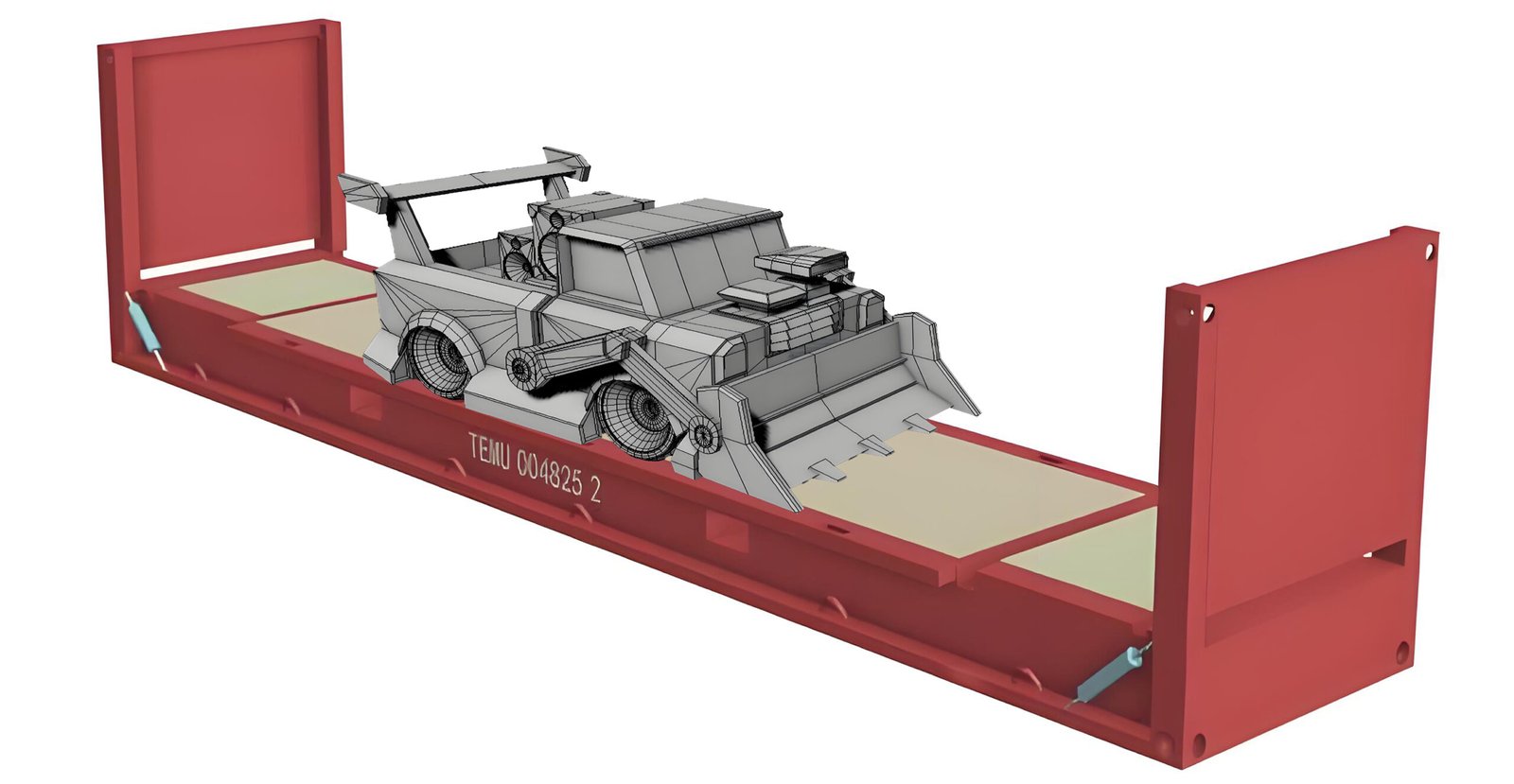
Cabinet type
Cabinet type, 3D loading model
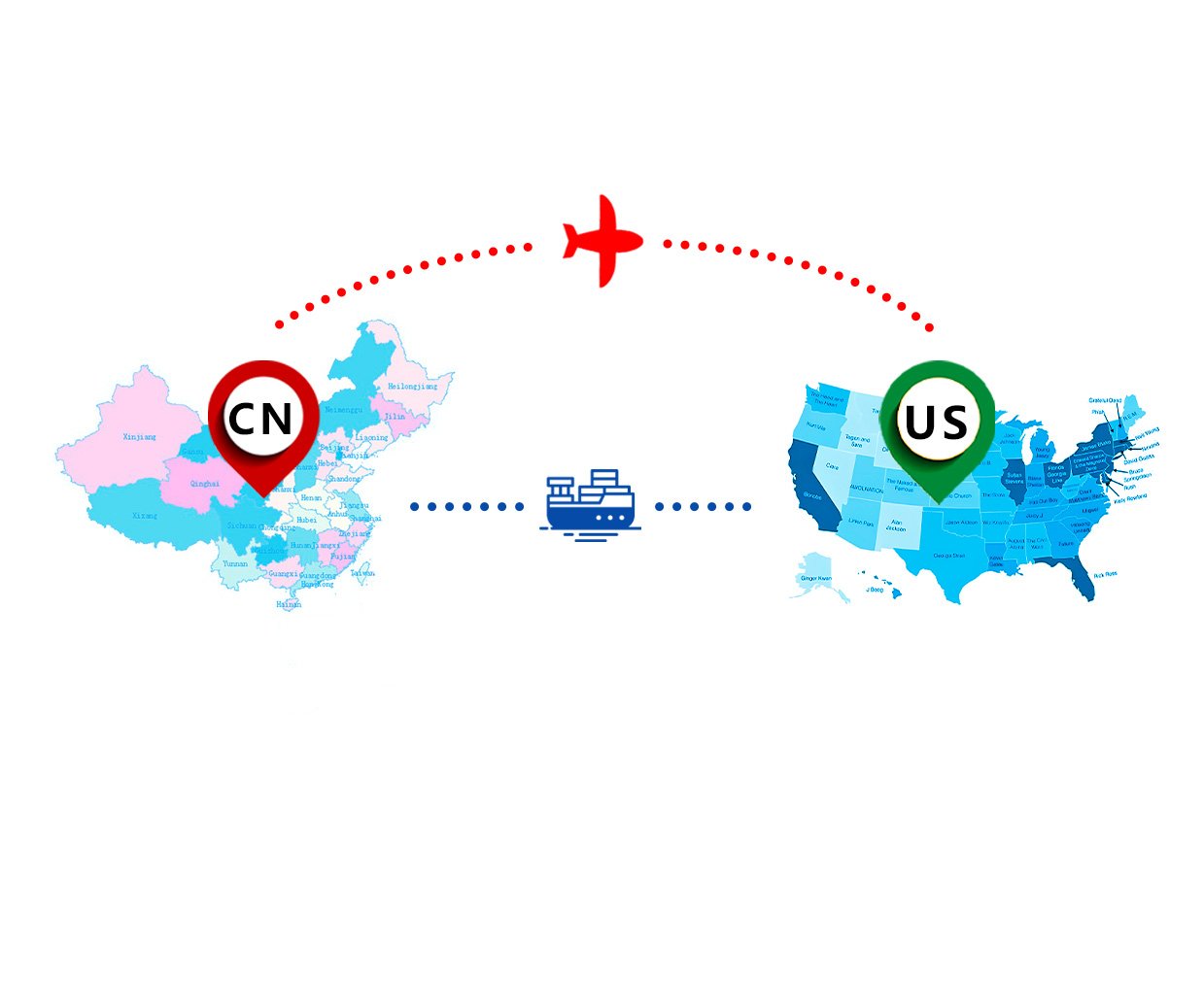
Route Planning
Booking, route planning, and preliminary preparation Preparation before container loading
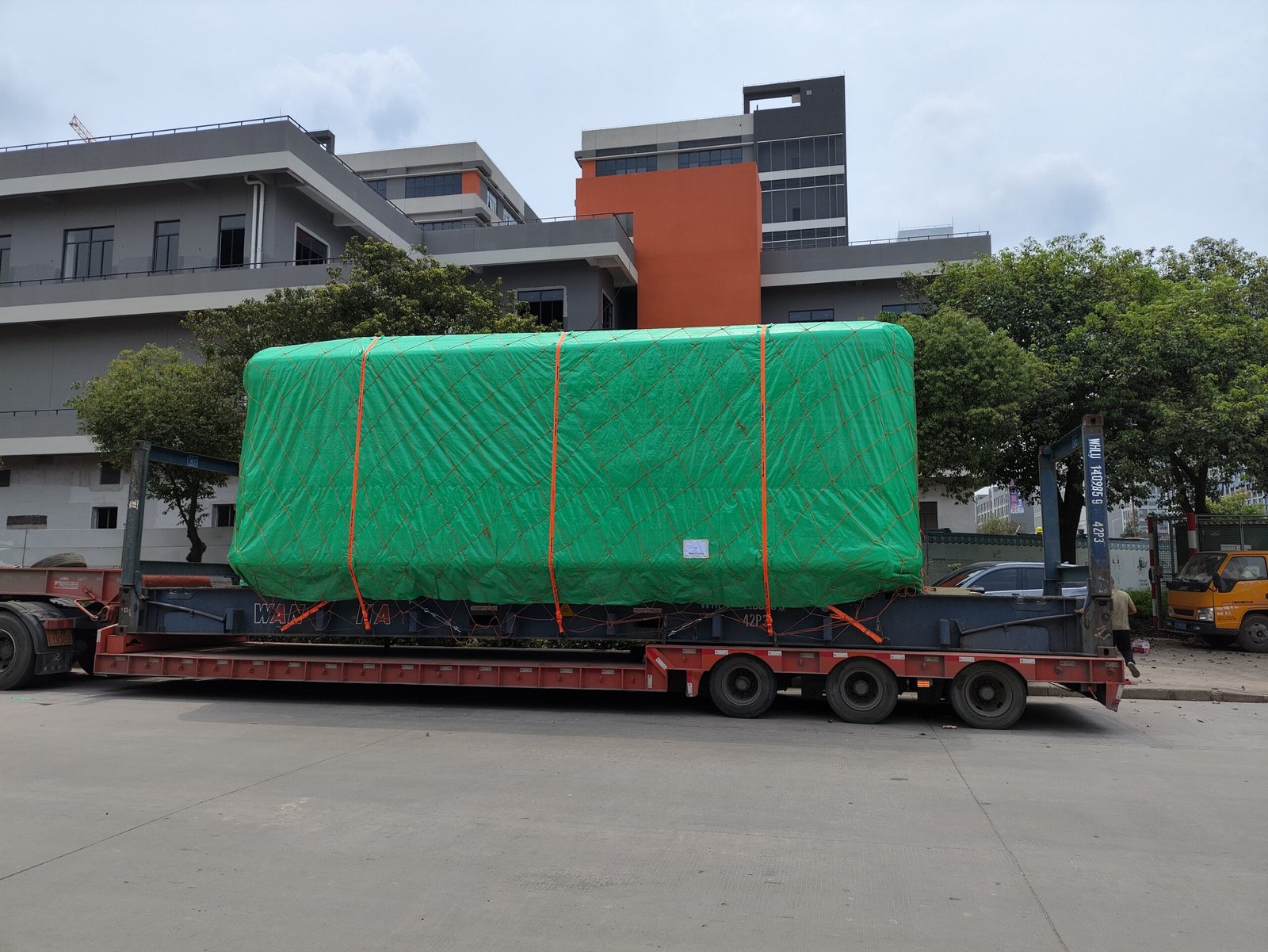
Container loading
special trailer, vacuum packaging, etc,Binding and fixation, wooden box packaging, ultra-low flatbed trailer
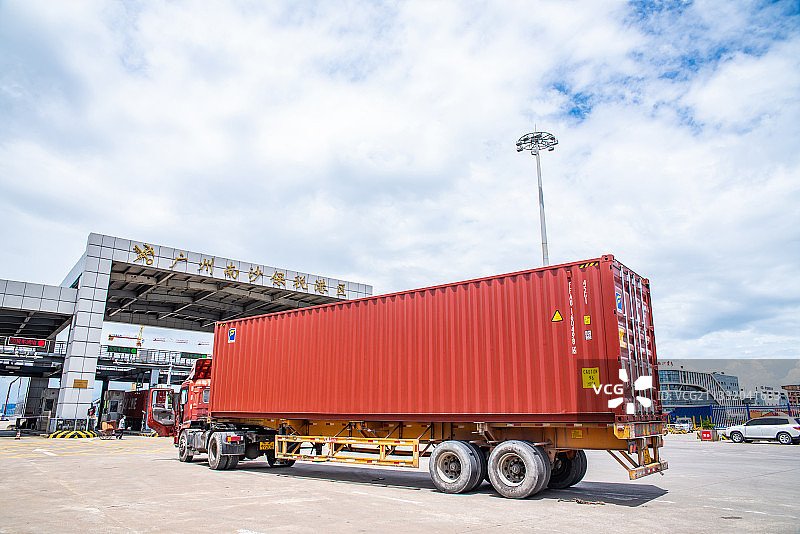
Customs clearance
Customs declaration and release,DAP, DDP post delivery service
Construction machinery transportation
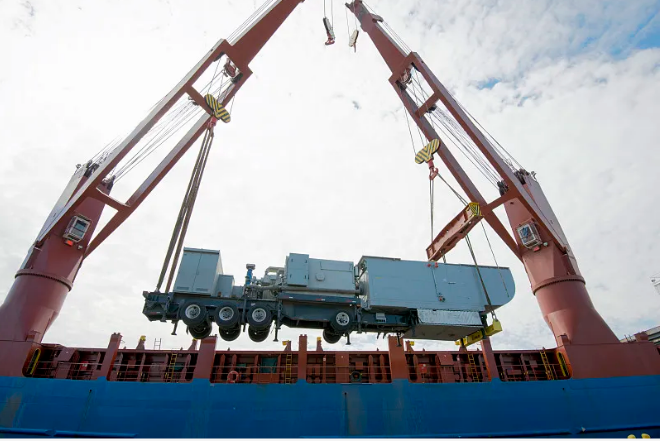
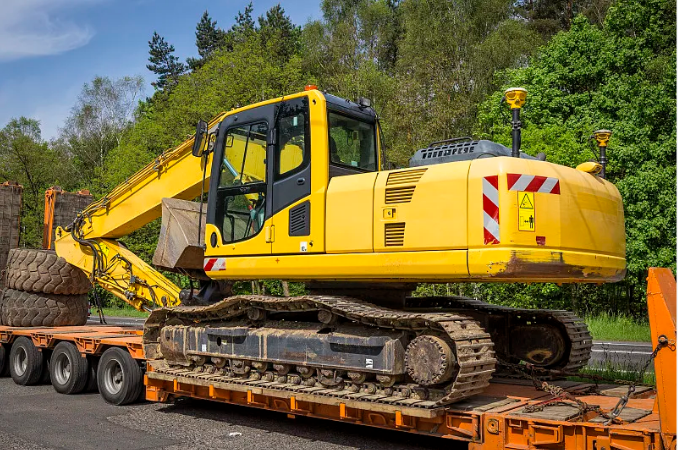
The transportation schedule for construction machinery involves meticulous planning and coordination to ensure the smooth movement of heavy equipment and vehicles required for construction projects. Below is an outline of the typical steps:
- Equipment Assessment:
Begin by evaluating the machinery needed for the project. This includes identifying the specific types—such as excavators, bulldozers, cranes, loaders, and dump trucks—and determining their sizes, weights, and transportation requirements. - Logistics Planning:
Once equipment requirements are confirmed, develop a logistics plan covering the optimal transportation methods, routes, and timelines. Key considerations include distance, road conditions, special permits or restrictions, and the availability of specialized transportation services. - Coordination with Transport Providers:
Partner with experienced transport providers who have the expertise and equipment to handle heavy machinery. Confirm their availability and secure the necessary transportation resources. - Permits and Regulatory Compliance:
For oversized or overweight loads, secure the required permits and ensure compliance with regulations, including designated travel routes and restricted travel times. Allocate sufficient time for the permitting process. - Loading and Securing:
Safely load machinery onto transport vehicles using cranes, ramps, or other appropriate methods. Ensure the equipment is properly fastened and balanced to prevent damage during transit. - Transportation Execution:
Transport the machinery according to the agreed schedule, whether for local or long-distance delivery. Maintain strict adherence to safety regulations throughout the journey. - Unloading and Site Preparation:
Upon arrival, unload and position machinery at the designated locations. Use lifting equipment as necessary and prepare the site by leveling the ground and ensuring proper access for operation. - Schedule Updates:
Remain flexible to accommodate project changes or unexpected delays. Regular communication with transport providers and project stakeholders ensures timely adjustments and that machinery arrives in the correct sequence for project needs.
In summary, an effective construction machinery transportation schedule requires careful planning, seamless coordination, and disciplined execution to achieve safe, timely, and efficient delivery of heavy equipment—minimizing delays and maximizing operational efficiency.
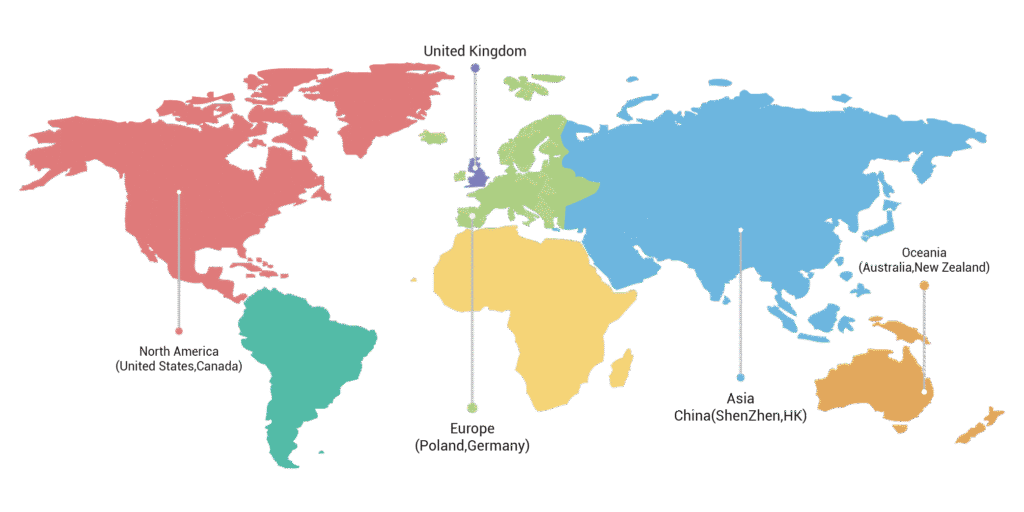
Customer reviews about Bentlee
User reviews from trustpilot
More Order Fulfillment Services Shipping from China








FAQ
OOG (Out of Gauge) cargo refers to oversized, overweight, or irregularly shaped shipments that cannot fit into standard containers. Common OOG solutions include Flat Rack and Open Top containers.
OOG containers are typically used for heavy machinery, construction vehicles, wind power equipment, steel structures, timber, long pipes, and precision instruments.
Yes. We provide professional reinforcement solutions such as wooden crating, steel wire lashing, vacuum packaging, and waterproofing to ensure cargo safety.
The cost mainly depends on cargo dimensions, weight, container type, shipping route, and reinforcement requirements. A detailed quotation will be provided after reviewing your cargo details.
No. With over 10 years of customs clearance experience and a 98% clearance success rate, we ensure smooth and reliable clearance for oversized and special cargo.
We offer end-to-end logistics solutions including transport planning, warehousing, crating and reinforcement, inland + sea transportation, customs clearance, and door-to-door delivery.
